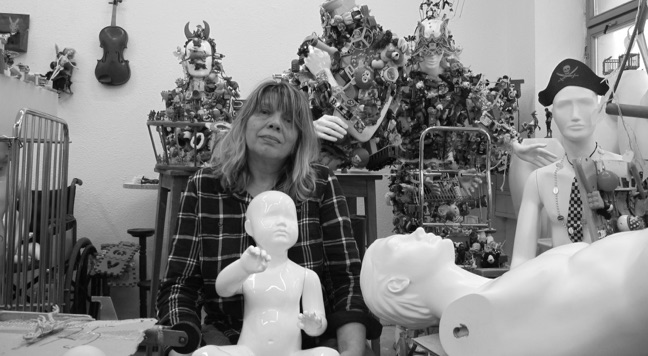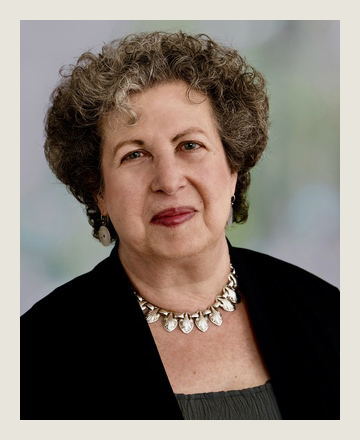In July 2013, while attending the IPA Congress in Prague, I encountered the work of Czech artist Kamila Żenatá at the DOX Centre for Contemporary Art. Żenatá’s site-specific, multi-media installation titled “The Women’s Yard” had been inspired in part by photographs and memories handed down to her by one of her grandmothers, whose husband (Żenatá’s grandfather), had spent time in the Terezin concentration camp before being killed by the Nazis. An hour north of Prague, Terezin was a camp where Jews were detained – for days, weeks or, sometimes, months – and forced to live in a state of suspended animation – neither dead nor alive – prior to being transported to Auschwitz. To further underscore the link between “The Women’s Yard” and her own family history, Żenatá had created the installation in two parts: the first of which was located in the Small Fortress at Terezin, and the second part at DOX.

I contacted the artist after experiencing “The Women’s Yard” and learned that, in addition to making art, Żenatá is also a group psychoanalyst who specializes in trans-generational trauma. In the catalogue for “The Women’s Yard,” Żenatá describes trans-generational trauma this way: “My grandmother used to wear shoes, which during her life’s journey, she had worn into a certain shape. The shoes in which my mother walked were definitely very similar to them. Nor can my shoes come from a shop that is entirely different from the one where the women who brought me up used to buy theirs.”
“The Women’s Yard” consists of a series of rooms (or, stations) that, for me, symbolize the journey from the concrete (unbearable psychic pain) to the symbolic (a room in which the walls are covered with words), ultimately leaving the viewer in a transformative space consisting of crystal tears (Swarovski elements) hung from floor to ceiling in a darkened room, with several video projectors providing the only light. Click here so we may move together between the different “stations:”

Maxine Nelson, LICSW, FIPA is a graduate of Northwestern Psychoanalytic Society and Institute (NPSI) in Seattle, where, in addition to being part of the faculty, she currently serves as Secretary/Treasurer and Chair of Admissions. Prior to becoming a psychotherapist, Maxine was a visual artist and exhibited painting, sculpture, photography and installations in Seattle, Portland, San Francisco and London. She has a longstanding interest in the intersection of visual art, including film, and psychoanalysis and has written and presented widely on this topic. Her paper, “Inside a Tightly Closed Balloon: Construction, Reconstruction and Transformation in the Figurative Work of Magdalena Abakanowicz” was presented at the 46th IPA Congress in Chicago in 2009 and her paper “Reverie and Applied Psychoanalysis: “The Women’s Yard” was presented as part of the panel “On Reverie: Tools of the Trade in Evolving Process and Technique” at the 49th IPA Congress in Boston in 2015. In addition, Maxine produced two psychoanalytic film festivals at the Seattle Art Museum: “Luminous Psyche: Selected Films of Max Ophuls” (2003) and “Luminous Psyche 2005: Selected Films of Bernardo Bertolucci.”

Maxine, Nice to learn so much about your previous life in the arts!! Susan finkelstein